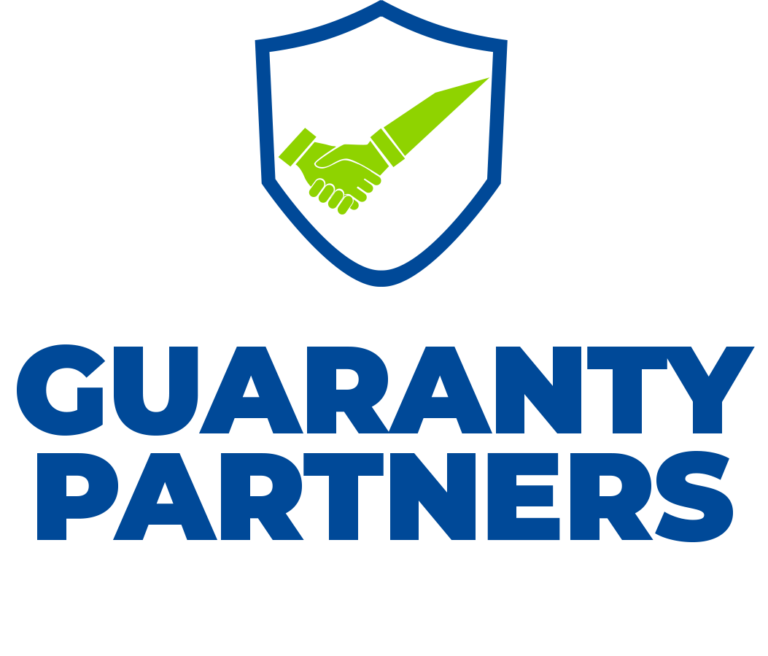Flange Integrity Course
Course Fee:
₦350,000.00
Course Overview
Upon completing this Flange Integrity Course successfully, participants will be able to:
• Plan and prepare for the work
• Break flange under flange management procedure
• Inspect flange and its components
• Make flange joints following flange management procedures
• Study the correct procedures for assembling pipe flange connections
• Select and use the correct materials for gaskets and bolting
• Identify the methods of controlled bolting using torque & tensioning tools/equipment
• Assess their competency in practically applying these procedures
Course Content:
FLANGE TYPES & ASSEMBLY
• Flange types
• Flange dismantling
• Flange inspection
• Flange assembly
CHARACTERISTICS OF MATERIALS USED
• Characteristics of steel, castings, and forgings
• Types of discontinuities
• ABS requirements for steel, castings, and forgings
SAFTEY CONCERNS & ISSUES
• Key safety concerns in the Joint Integrity Industry
• Acceptable level of flange imperfections
• Recommendations for acceptable gasket contact surface flatness and defect depth
FLANGE GUIDELINES & SPECIFICATIONS
• Flange joint alignment guidelines
• Hardened washer usage guidelines and specification
• Alternative flange bolt assembly patterns
CALCULATIONS AND OTHER REPORTS
• Assembly bolt load / calculation methods
• Gasket types and materials
• Flange joint leak report
• Training and certification standards
• Flange completion certificates and tagging
TYPES OF GASKETS AND GUIDELINES
• Gasket types
• Gasket identification
• Assembly instruction
• The ASME PCC-1-2013 Guidelines for Bolted Flange Joint Assembly
PLANNING AND PREPARATION
• Identify the tasks
• Inspect the job site
• Confirm whether isolations are completed as per the standard
• Confirm hazard controls
• Coordinate with relevant personnel
• Select suitable tools
• Check the calibration and certifications of tools
• Complete checklists and other required documentation
BREAK FLANGE
• Prepare tools with care and accuracy
• Connect with required drain lines
• Undo nuts as per standard procedures
• Split flange and drain the pipe
• Identify any skills escalations
• Management of open pipes
• Complete checklists and other required documentation
INSPECT FLANGE AND COMPONENTS
• Evaluate cold pull and refer if required
• Assess the degree of misalignment and refer if applicable
• Clean and inspect the flange surface – front and back
• Check all studs and nuts
• Confirm that the components are compliant with relevant standards
• Identify any issues and take suitable action
MAKE FLANGE JOINT
• Select the appropriate gasket
• Check whether all components are as per the specifications
• Apply lubrication as required
• Complete the initial assembly of the unit
• Insert the blind as required
• Attach the drain as required
• Re-check the gasket
• Re-check the alignments of the components
• Tighten components using the relevant tools
• Use torque calibration charts
• Complete checklists and other required documentation
COMPLETE THE TASK
• Check the joint alignment one last time
• Arrange for any other required checks
• Confirm joint integrity
• Complete checklists and other required documentation
Methodology
The training methodology integrates lectures, interactive discussions, collaborative group exercises, and illustrative examples. Participants will acquire a blend of theoretical insights and hands-on practical experience, emphasizing the application of learned techniques. This approach ensures that attendees return to their professional environments equipped with both the competence and self-assurance to effectively implement the acquired skills in their responsibilities.
DATE:
1ST BATCH: 13th – 16th Jan, 2026
2ND BATCH: 5th – 8th May, 2026
3RD BATCH: 1st- 4th Sept, 2026
Course Category
- Human Resource and Admin
- Finance and Accounting
- Internal Audit and Fraud Control
- Stores, Procurement and Supply Chain
- Information Technology
- Aviation and Maritime
- Banking, Investment and Insurance
- Business Communication
- Construction Management & Civil Engineering
- Engineering, Instrumentation and Maintenance
- Entrepreneurship and Business
- Hotel & Hospitality Management
- Law and Contract Management
- Management and Leadership
- Project Management
- Public Relations
- Public Sector
- Sales, Marketing & Customer Service
- Secretaries & Personal Assistants
- Transport & Logistics
- Security and Safety
More Courses
VENUE
25, Queen street, Alagomeji Bus Stop, Yaba, Lagos










